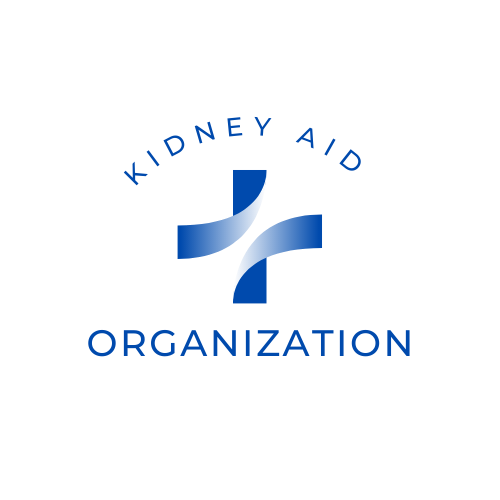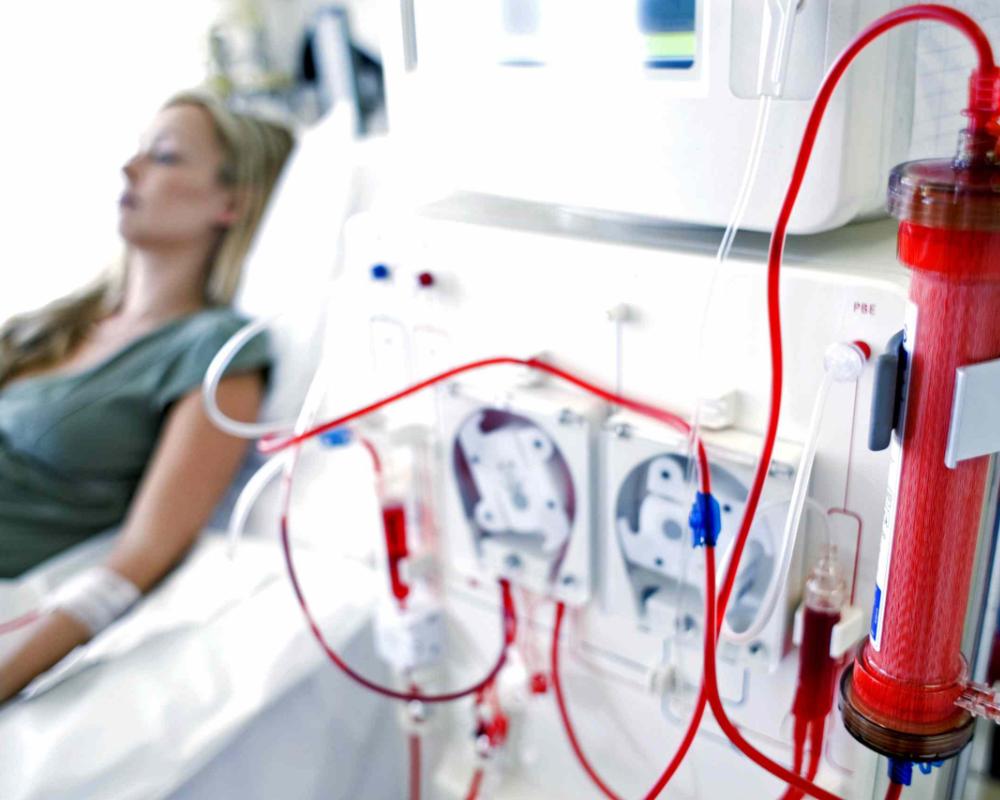Chronic Kidney Disease (CKD) is a condition that requires careful management, and one of the most powerful tools in your arsenal is your diet. The food you eat directly impacts the health of your kidneys, and a well-structured meal plan can help slow the progression of the disease and improve your overall well-being. This isn't about bland, boring food; it's about making smart, delicious choices that support your body's most critical filtering system.
Understanding the Cornerstones of a Kidney-Friendly Diet
A renal diet is not a one-size-fits-all approach. It's a personalized nutrition plan that typically focuses on managing specific nutrients to reduce the workload on your kidneys. While your exact dietary needs will depend on your stage of CKD, blood test results, and other health conditions, there are some universal principles to follow. The primary nutrients to monitor are sodium, potassium, and phosphorus. Your kidneys are responsible for filtering these minerals from your blood, and when their function is impaired, they can build up to dangerous levels. Too much sodium can lead to high blood pressure and fluid retention. An excess of potassium can cause serious heart problems. And elevated phosphorus can weaken bones and damage blood vessels. Beyond these minerals, protein intake is another crucial factor. While protein is essential for building and repairing tissues, a high-protein diet creates more waste products for the kidneys to filter. For many people with CKD, a low-protein diet is recommended to ease this burden. However, if you are on dialysis, your protein needs may be higher. Consulting a renal dietitian is the best way to determine the right balance for your body.Crafting Your Kidney-Friendly Meal Plan
Creating a meal plan for chronic kidney disease is all about substitution and moderation. The goal is to maximize flavor and satisfaction while minimizing the nutrients that can harm your kidneys. Sodium-Savvy Swaps:- Ditch the salt shaker. Instead, experiment with herbs and spices like garlic powder, onion powder, paprika, basil, rosemary, and thyme. Lemon juice and flavored vinegar can also add a bright, fresh taste without the sodium.
- Avoid processed foods, which are notoriously high in sodium. This includes fast food, canned soups, frozen dinners, and many packaged snacks. Opt for fresh, homemade meals whenever possible.
- When buying canned vegetables or beans, look for "no salt added" or "low sodium" versions. Rinsing canned items thoroughly can also help reduce their sodium content.
- Many fruits and vegetables are high in potassium, but that doesn't mean you have to avoid them completely. The key is to choose lower-potassium options and practice portion control.
- Lower-potassium fruits include apples, berries, grapes, pineapple, and plums. Higher-potassium fruits to limit are bananas, oranges, and dried fruits like raisins and prunes.
- For vegetables, consider carrots, green beans, cauliflower, and cabbage. Potatoes, tomatoes, and spinach are higher in potassium and should be eaten in smaller amounts or prepared with specific methods (like double boiling) to reduce the mineral.
- Dairy products, whole grains, nuts, and dark-colored sodas are often high in phosphorus.
- Replace whole-grain breads and brown rice with white bread and white rice, which are lower in phosphorus.
- Limit dairy to an 8-ounce serving per day, or explore low-phosphorus alternatives like rice milk.
- Be vigilant about reading food labels and avoid products with phosphate additives (often listed as ingredients with "phos" in the name, e.g., sodium phosphate).
- A low-protein diet for CKD often means using meat as a "side dish" rather than the main event.
- Focus on plant-based proteins, which can be easier for the kidneys to process. Think of meals where vegetables and grains are the star, with a small serving of lean protein like chicken, fish, or plant-based options like lentils and beans (in moderation and after consultation with your healthcare provider, as they can also be high in potassium and phosphorus).
A Sample Day of Kidney-Friendly Eating
Here’s an example of how a balanced, kidney-friendly meal plan could look:- Breakfast: A bowl of oatmeal made with water or rice milk, topped with fresh blueberries and a drizzle of honey. A small side of scrambled egg whites for a protein boost.
- Lunch: A chicken salad wrap made with a small portion of shredded chicken, low-sodium mayonnaise, and lots of crisp lettuce, cucumbers, and carrots for bulk and crunch. Serve with a side of apple slices.
- Dinner: A stir-fry with a small amount of thinly sliced beef, a variety of low-potassium vegetables like bell peppers, onions, and zucchini, served over a bed of white rice. Season with fresh ginger, garlic, and a low-sodium soy sauce alternative.
- Snack: A small handful of unsalted pretzels or a cup of grapes.
Are you tired of living under the shadow of kidney disease? Are you yearning for a life free from the shackles of dialysis, kidney failure, and the looming threat of kidney transplants? If so, you're in the right place at the right time. Imagine waking up every morning with boundless energy, feeling rejuvenated and ready to take on the day. Envision a life where your kidneys are functioning optimally, and you no longer dread the burdensome routines of dialysis sessions. The Kidney Disease Solution Program is here to turn that vision into reality for you.


